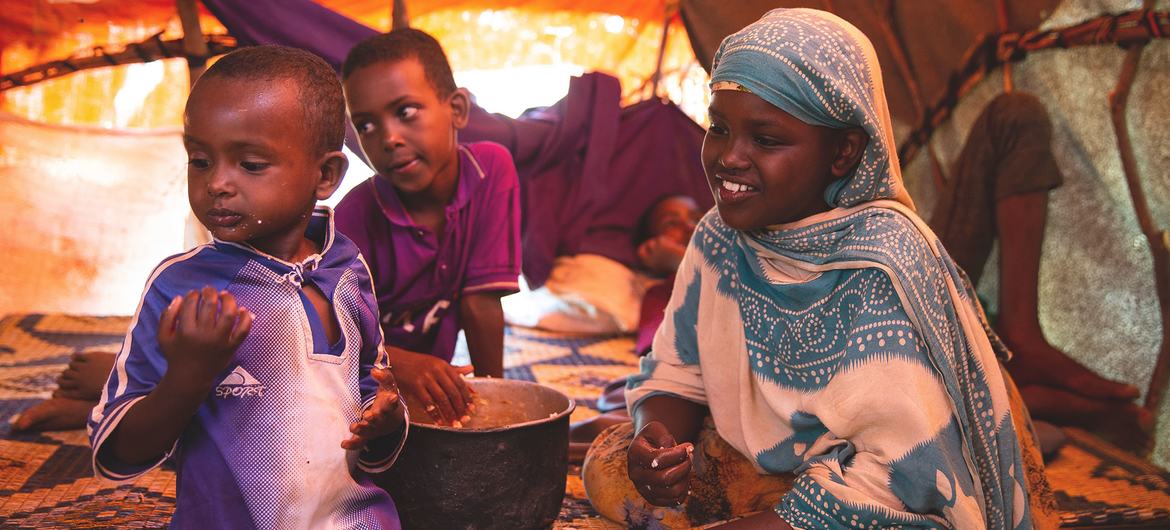In an update on food insecurity in Somalia, the UN Office for the Coordination of Humanitarian Affairs (OCHA) said famine was prevented because host communities and relief teams helped those most in need.
Despite their efforts, food insecurity remains “catastrophic,” OCHA said, based on the latest IPC report, which ranks severity levels from one to five, with five representing a state of “disaster/famine.”
Worse, needs in between now and next June they are expected to more than triple, from 214,000 to 727,000as drought, violence and displacement continue to threaten people’s lives and livelihoods.
Parents bury their children
From the UN Children’s Fund UNICEFSpokesman James Elder said youth and the most vulnerable were already dying from starvation-related diseases.
“The death toll is difficult. I’ve anecdotally sat with women who showed me mounds next to their tents in a refugee camp where they buried their two and three year olds“, he said.
“I’ve sat with women who have made a decision about who they left behind … There is no doubt that a large number of children have died.”
The UN system in Somalia highlighted the effort national and local authorities to help scale up humanitarian assistance to respond to the effects of the longest and most severe drought in Somalia’s recent history.
But aid needs to be maintained and improved over time as famine is very likely from April to June next year and beyond if aid is unsustainable and if there is no rainfall again from April to June, as current forecasts show.
“The collective expansion of humanitarian assistance, including Somali capacities, has prevented food insecurity and acute malnutrition from reaching famine (IPC phase 5). From October on, humanitarian partners have reached around 6.8 million people with life-saving assistancesaid Adam Abdelmoula, Resident and Humanitarian Coordinator for Somalia.
A mother sits by the unmarked graves of her two young children at a displaced persons camp in Dollow, Somalia.
Still ‘extremely worrying’
“Even without a declaration of hunger, the situation is extremely alarming,” he added.
“That The scale and severity of the emergency are increasing as displacement continues unabatedFood and water prices remain high, critical gaps in response remain, and current rainfall has been poor and insufficient to replenish water sources and preserve grazing areas for livestock.”
The number of people affected by Somalia’s drought has more than doubled this year from 3.2 million in January to 7.8 million in October, with the emergency proportionately increasing.
Displacement reflects drought
Drought-related displacement has more than quintupled to nearly 1.3 million people over the same period UN in Somalia said.
That 2022 Humanitarian Assistance Plan in Somalia (HRP), which is targeting $2.27 billion to meet the needs of 7.6 million people, has a deficit of over $1 billion as of December 13.
“We thank donors for their generosity to date and appeal for immediate additional and flexible funding to allow for further expansion and improvement of the humanitarian response,” said Mr. Abdelmoula. “Together we averted a famine, if only temporarily. We can and must ensure that this becomes a sustainable reality for the people of Somalia.”

The current drought in Somalia, the longest in over 40 years, has forced more than a million people to flee their homes.





